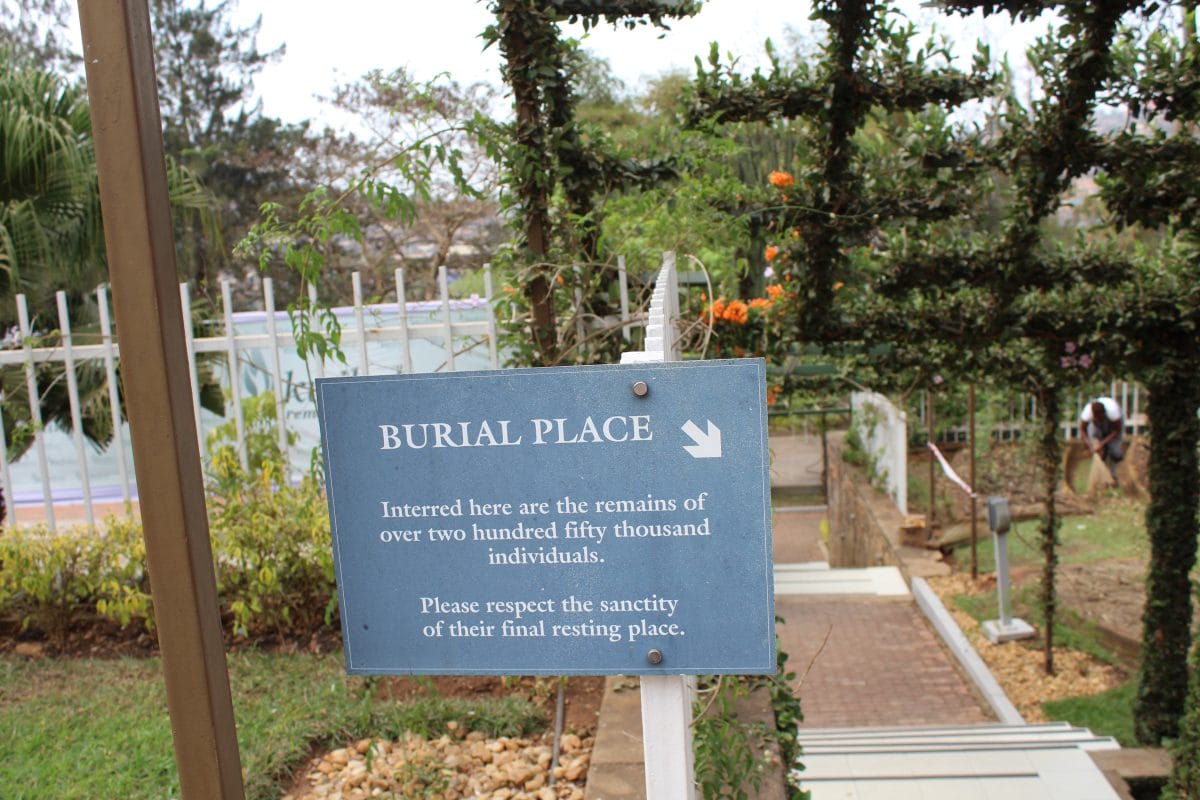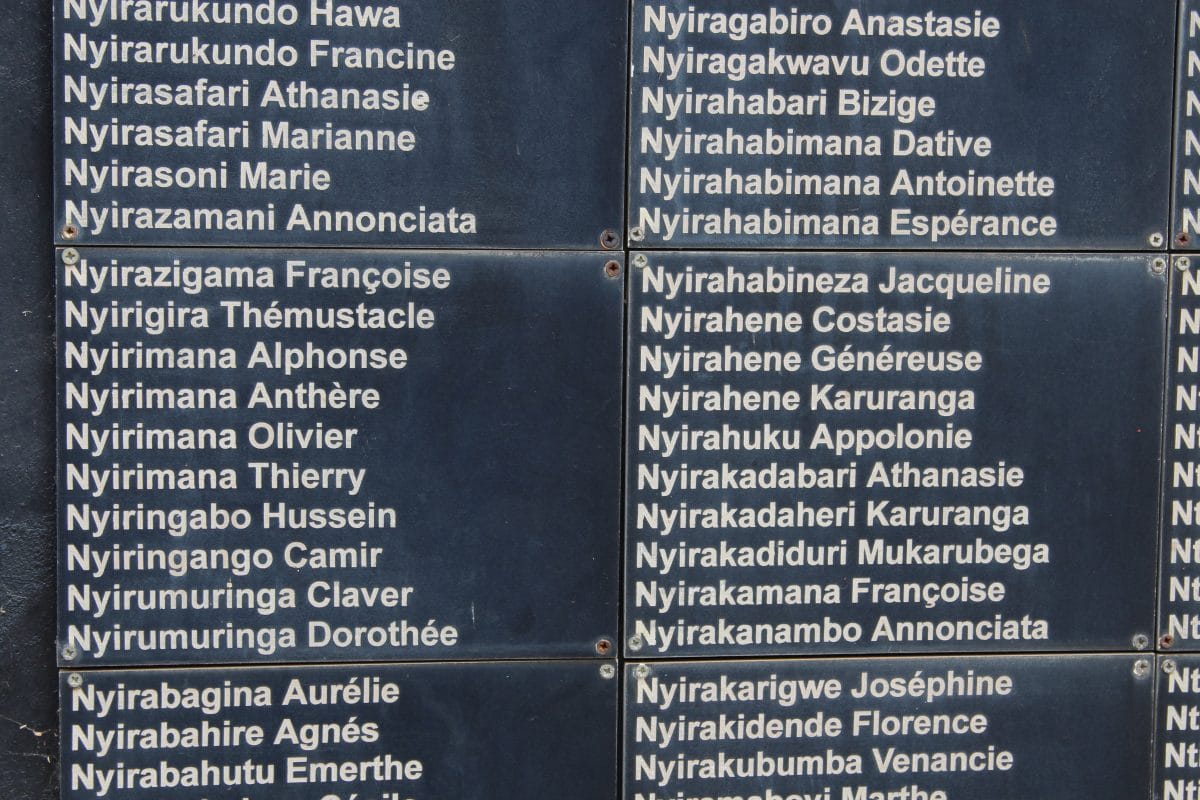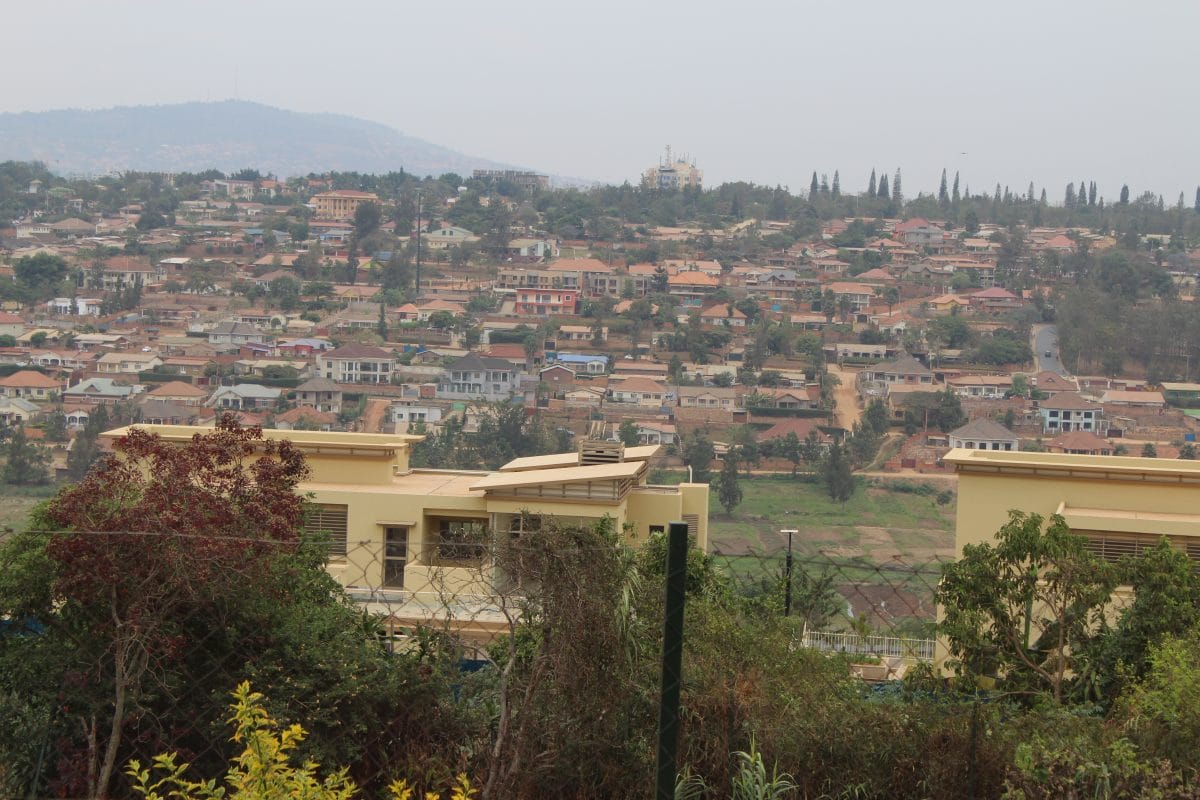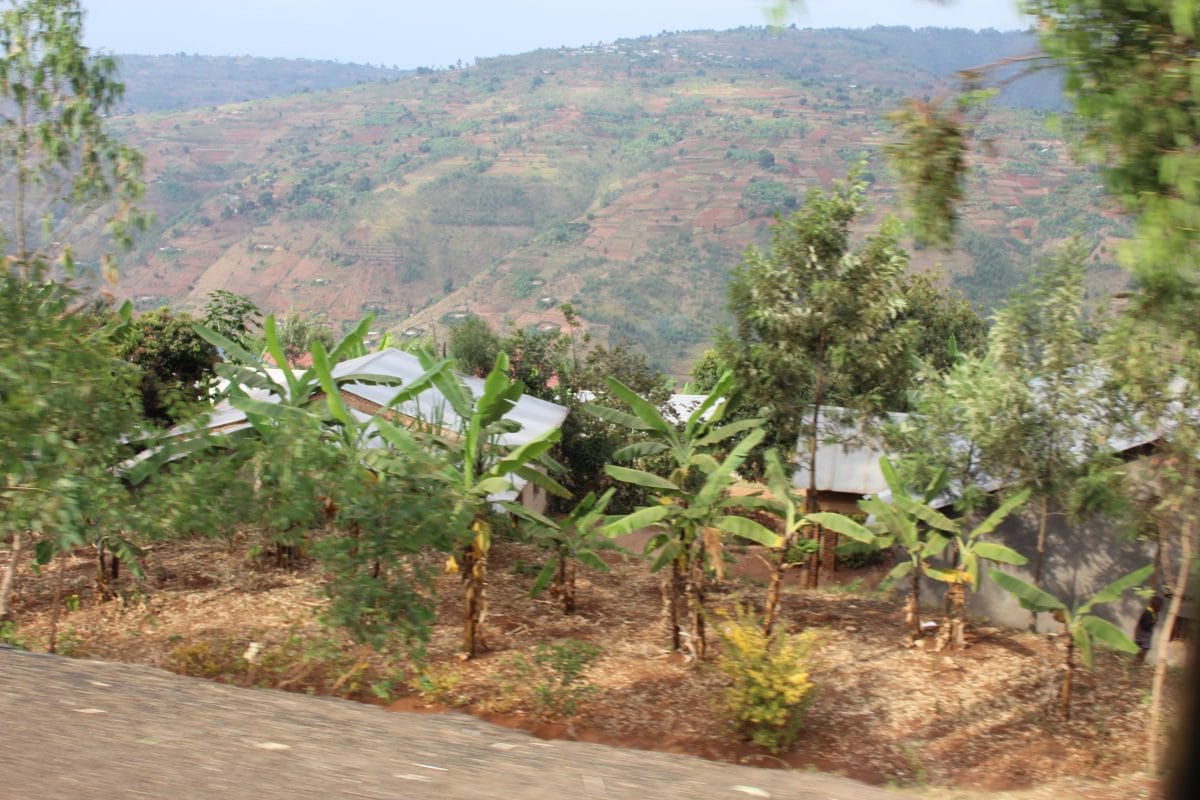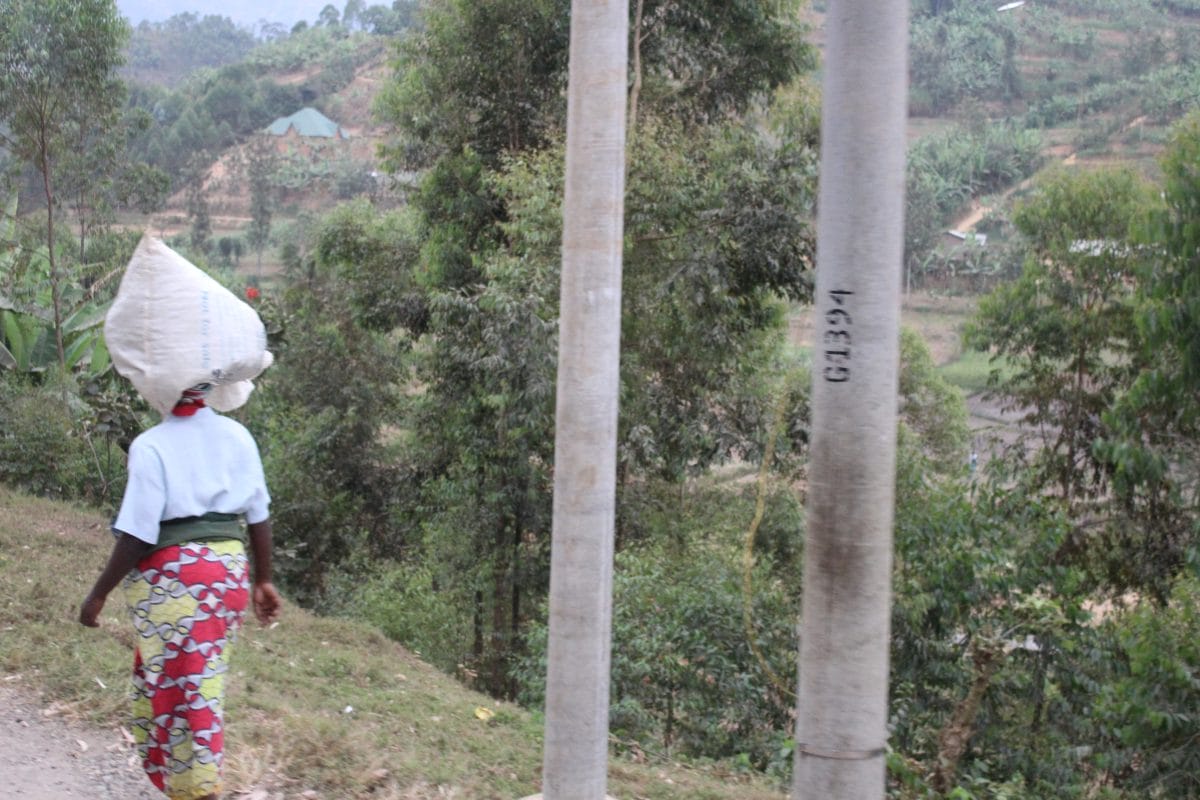After an amazing night at the Kigali Serena, we were picked up by our driver Aimable` for a city tour of Kigali, beginning with the Genocide museum. Every Rwandan is connected to the genocide of 1994 due to the fact that it was just 23 year ago.
We learned a tremendous amount about what happened that led to the horrific genocide of up to 1 million people. I will try to do justice to the conflict here, with the limited knowledge that I gained. Historically, the Tutsis were the minority of the population, but were the kings, while the Hutus were the peasants. The Hutus became increasingly disenfranchised. While I’m sure I’m over simplifying a complex dynamic, with Hutu disenfranchisement came rebellion.
The Germans came first to colonize Rwanda in the 1800’s, but then Belgium stepped in during World War I and further exacerbated the growing problems between the Hutus and the Tutsis by concentrating power in the hands of the Tutsis. Fast forward to 1959, 3 years before Rwanda declared independence from Belgium, a young Hutu politician named Habyarimana, led a Hutu revolt against colonial rule. He started a Hitleresque campaign of Hutu Power based on hate and intolerance of the Tutsis. He declared among many things, that Hutus and Tutsis could not marry, that Hutus could not do business with Tutsis, maintained that Tutsis could not be trusted, openly incited violence and much more. Tutsi children were ridiculed in school and people were assigned identity cards that indicated which tribe you were from. Tensions between the groups continued to mount as Hutus rejected any ideas of Tutsis regaining power and relegating Hutus to peasant status again.
Fast forward again to 1994, and you have a country sharply divided along ethnic lines, with Hutus considering themselves the superior power and comprising 85% of the population to the Tutsis 15%, a shift in the population resulting from Tutsis leaving Rwanda.
On April 6th, 1994, a plane en route to Kigali airport was shot down with the Hutu President on board. The event was considered intentional and resulted in a war cry from the Hutus to avenge his death. Hutus armed themselves with machetes and guns and went on a full scale murderous rampage, killing every Tutsi they could find; raping the women with their children watching, killing children in front of their parents and pitting friends and neighbors against each other. The bloody battle raged for 100 days, with the UN Secretary General Kofi Anan, doing nothing to intervene. The US and Britain were also accused of not intervening sooner to help.
General Paul Kagame led an army of Tutsi refugees and took control of the country. After the violence ended, he was elected President and has remained in power ever since. He is extremely popular, but more about political process later. He has been good for Rwanda and had moved the country forward quickly after its terrible past.
We walked by the large gravestones that marked where 250,000 bodies recovered from mass graves, were laid to rest. There were names on a memorial wall of the victims. We heard countless stories of survivors describing the horrors of that time, and the losses of family and friends. We walked through gardens dedicated to the victims. There was a room dedicated to other genocides, including Cambodia, the Balkins, the Armenians and of course, the Holocaust. In fact, Rwanda consulted with Israel and toured Yad Vashem while planning this memorial museum.
Kigali is a beautiful city and is referred to as the land of 1000 hills. I think there are more, but who knows! The views in every direction are incredible; you can see down into the valleys surrounding the city.
Kanegame has made the city center the cleanest of any African country we visited. There are modern buildings, big banks, large hotels, police all around and no litter anywhere. There are gated neighborhoods with beautiful, new large homes as well as an emerging middle class living in nice townhomes and houses. There is a golf course in this section of the city, and there is new construction everywhere. That said, there are still poorer sections with dirt roads and more dilapidated homes.
After this tour, we headed out of town toward the Mountain View Lodge where we would spend the night, in preparation for our gorilla trek early the next morning.
The drive was 3 hours long and took us up into the hills, straight up actually. It was a beautiful yet treacherous ride uphill, with breathtaking views of the valleys below. In Rwanda, the main business is agriculture. On this ride, in every direction, the valleys were filled with crops of all kinds; corn, yams, potatoes, beans, cabbage and much more. The land is so fertile that everything grows here. As a result, hunger is not an issue in Rwanda. On the uphill drive, you could see people tending the fields and carting or carrying large sacks of food. Sometimes the sacks were carried on their heads, otherwise very large bundles were strapped to bicycles and pushed up or down the steep inclines. There were farms all the way up to the lodge, very high in the hills.
Another common sight along the way were the children running in pairs or groups, to and from school in their uniforms. Families are large here, with 5-7 children being an average family size. Women walking along the road often had babies on their backs; I loved seeing the babies this way. At no time did I see a baby crying in this position.
After a long ride, we made it to our lodge for the night. Gorilla trekking awaited us in the morning and we couldn’t wait.


